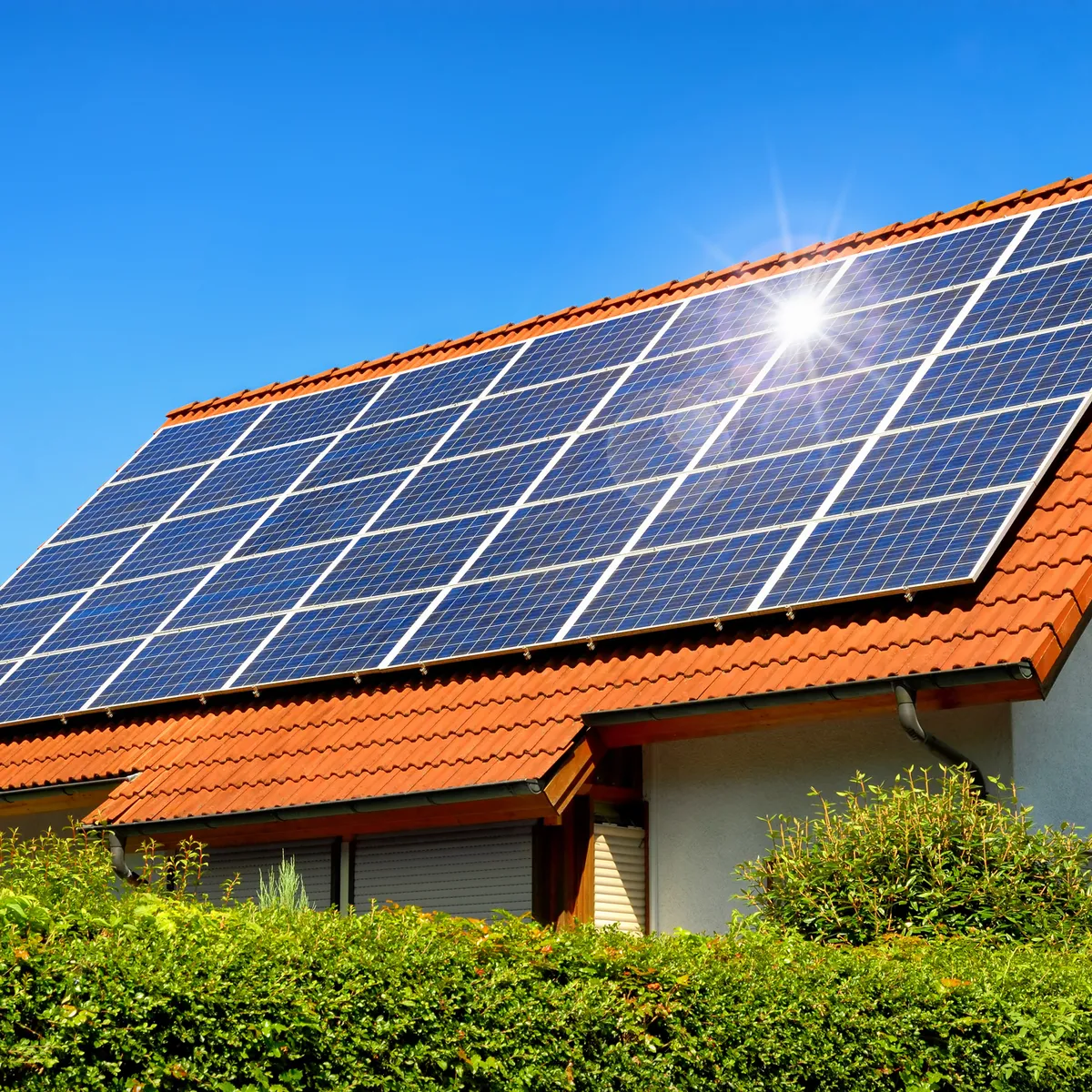
Introduction:
In today’s environmentally conscious world, the demand for residential solar systems is soaring. Homeowners across the globe are increasingly turning to solar energy as a sustainable and cost-effective solution to power their homes. In this article, we delve into the benefits and intricacies of residential solar power systems, shedding light on their installation process and the positive impact they can have on both the environment and your wallet.
The Advantages of Residential Solar Systems:
Embracing solar energy offers numerous benefits for homeowners. From reducing electricity bills to decreasing carbon footprint, the advantages are manifold. Let’s explore some key benefits:
- Lower Electricity Bills:
By harnessing the power of sunlight, residential solar systems can significantly reduce your dependence on traditional grid electricity. This translates to lower monthly electricity bills, providing long-term savings for homeowners.
- Environmental Sustainability:
Investing in residential solar panels contributes to a cleaner and greener environment. Solar energy is renewable and emits no greenhouse gases, helping to combat climate change and reduce air pollution.
- Energy Independence:
With solar panels installed on your property, you gain greater control over your energy consumption. You become less reliant on external energy sources, giving you a sense of independence and self-sufficiency.
The Installation Process:
Now that we’ve highlighted the benefits, let’s discuss the installation process of residential solar systems:
- Site Assessment:
The first step in installing solar panels is a thorough assessment of your property. This involves evaluating factors such as roof orientation, shading, and structural integrity to determine the optimal placement for solar panels.
- Design and Permitting:
Once the site assessment is complete, a customized solar system design is created to suit your specific energy needs and property layout. This design is then submitted for permitting to ensure compliance with local regulations and building codes.
- Installation:
With permits in hand, the installation process begins. Solar panels are securely mounted onto your roof or ground-mounted system, and electrical wiring is carefully connected to your home’s electrical system.
- System Activation:
After residential solar panel installation, your solar system undergoes testing and inspection to ensure it’s functioning properly and safely. Once approved, your system is activated, and you can start enjoying the benefits of solar energy.
Conclusion:
In conclusion, residential solar systems offer a sustainable and cost-effective solution for homeowners looking to reduce their carbon footprint and lower their energy bills. By harnessing the power of the sun, you not only save money but also contribute to a cleaner and healthier planet for future generations. So why wait? Make the switch to solar today and reap the rewards for years to come.